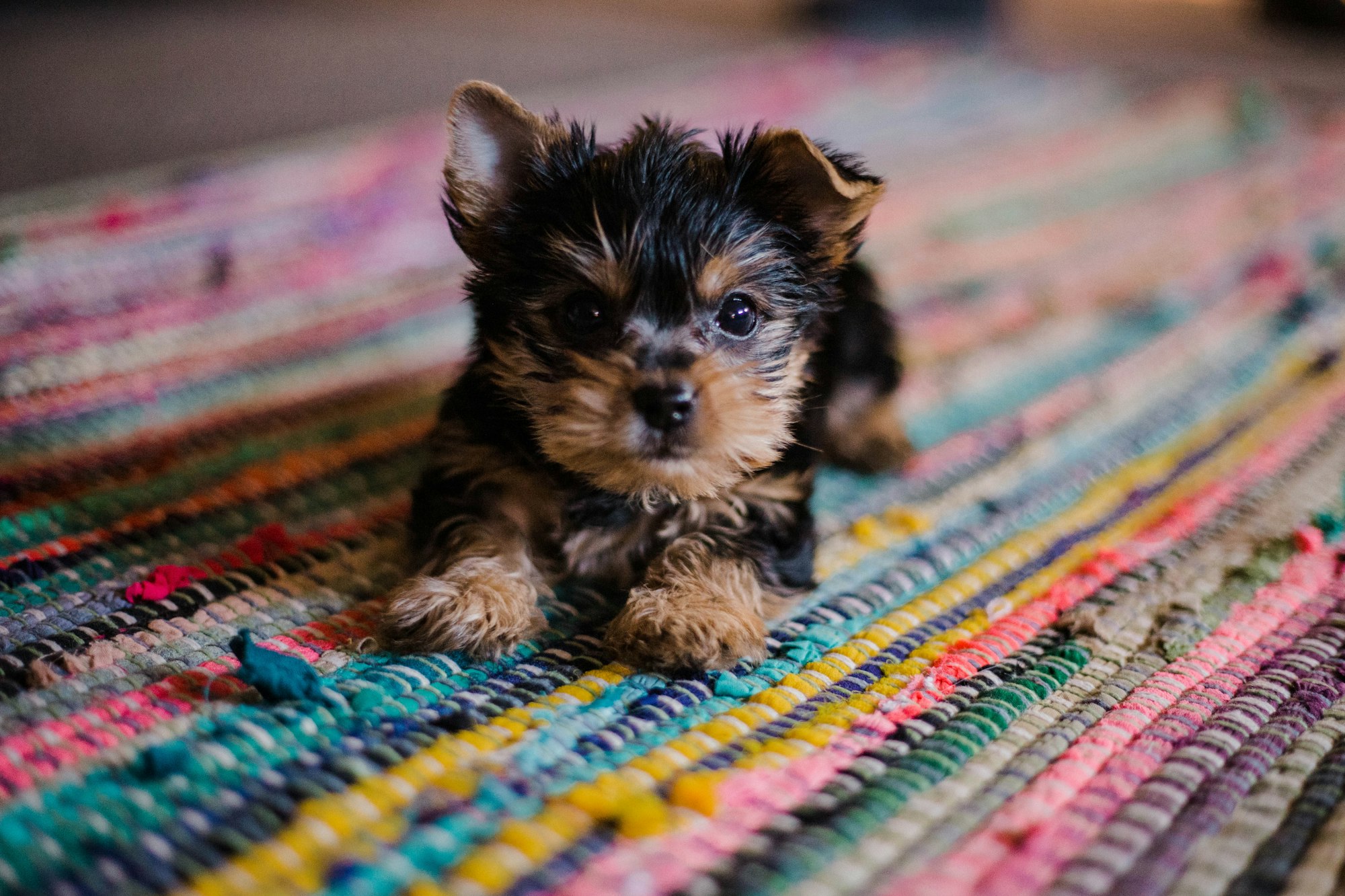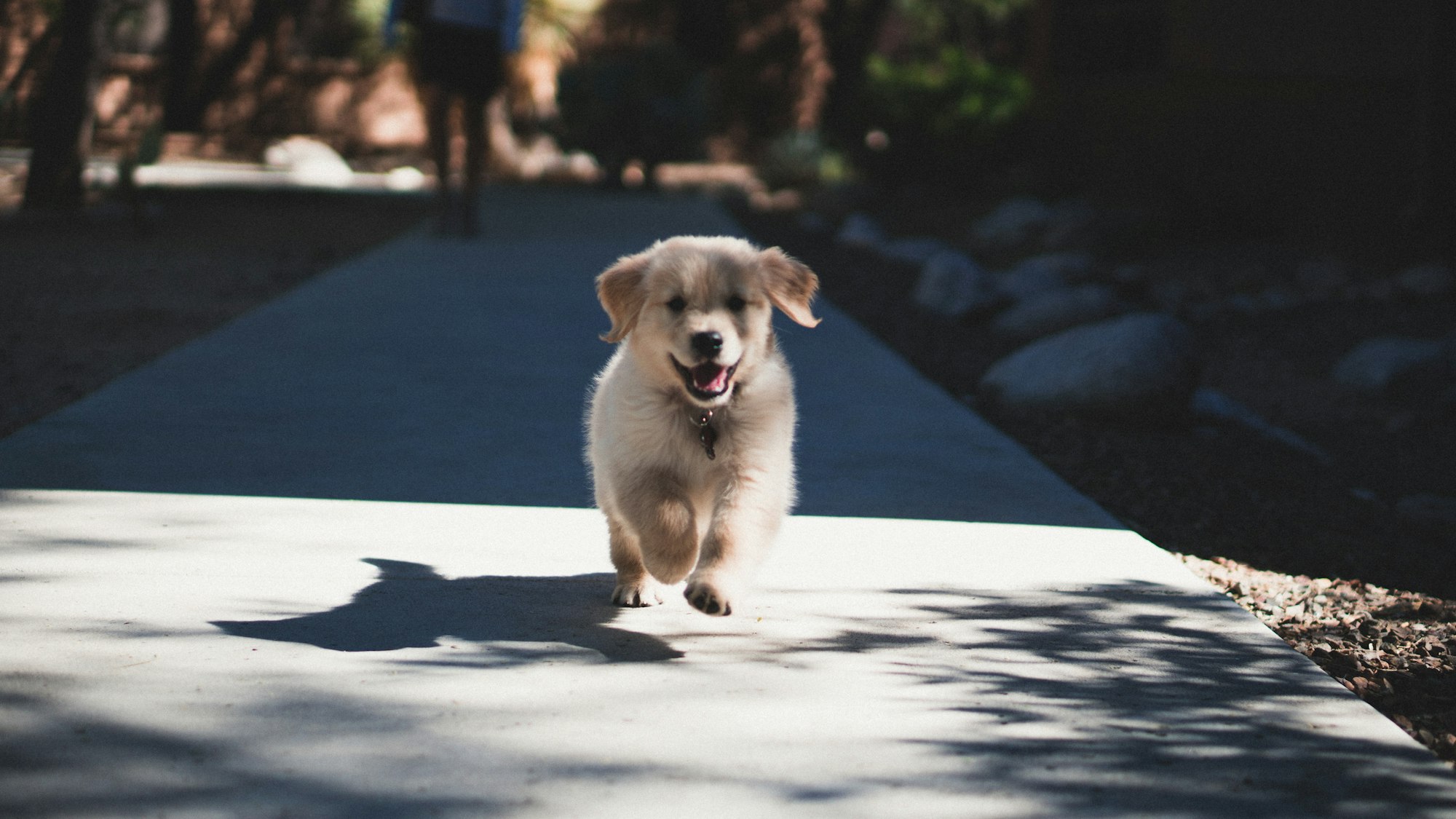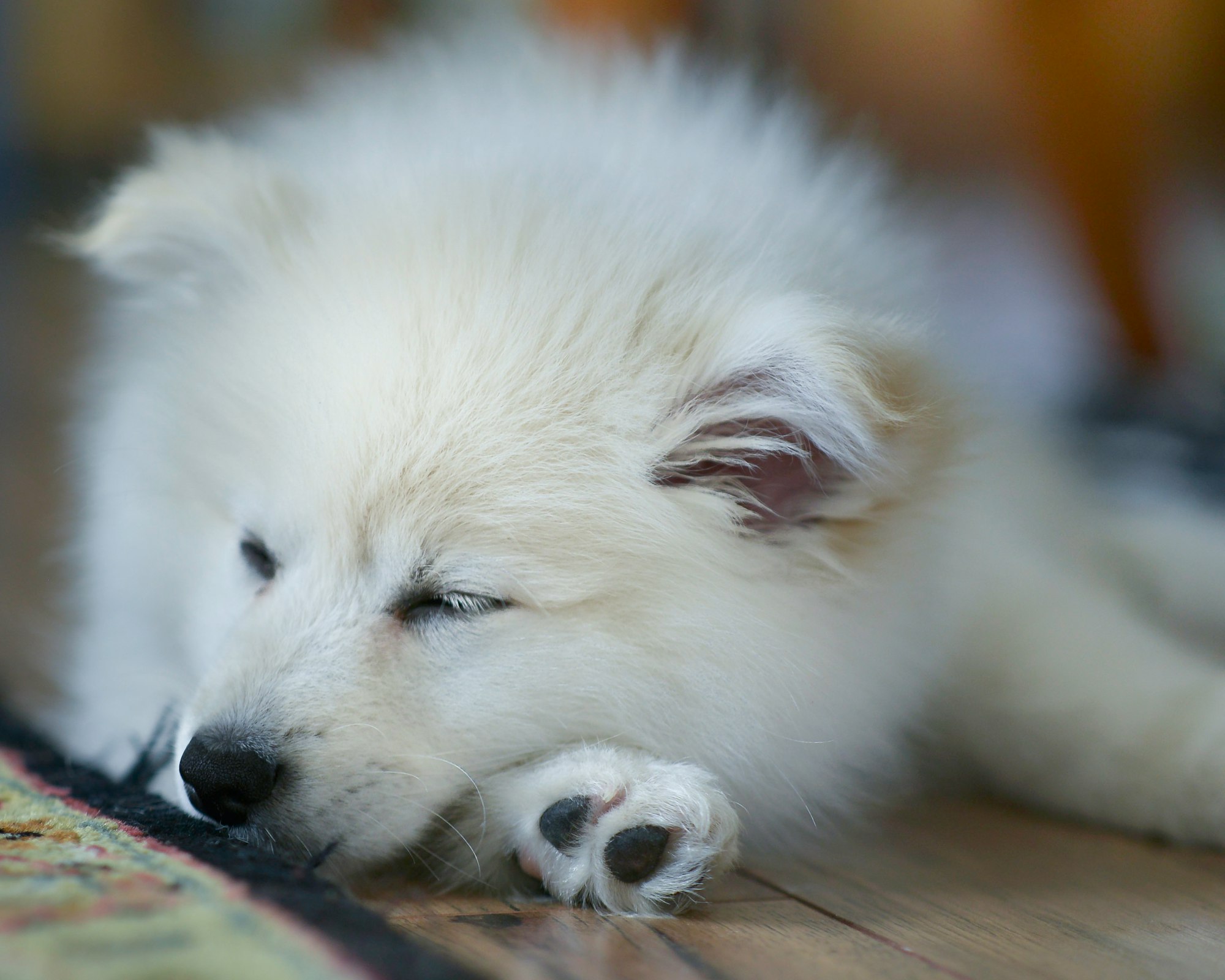Feeding puppies the right amount and on a proper schedule is crucial for their overall health and development. As they grow to an adult dog, their nutritional needs change, and it becomes necessary to adjust their feeding schedule accordingly. This article focuses on the transition from multiple meals to two meals a day for puppies.
Each puppy is unique, and readiness for a two-meal-a-day schedule may vary. Look for signs that your puppy is ready for this transition, such as a decrease in interest or decreased appetite during one of their regular meals.
Once your puppy has successfully transitioned to two meals a day, it is important to maintain a consistent feeding schedule. Adult dogs generally thrive on two meals per day, ensuring they receive the proper nutrition to support their health and wellbeing.
By following the appropriate feeding schedule for your puppy and monitoring their development, you can ensure they receive the necessary nutrition for proper growth and a healthy future as an adult dog.

Key takeaway:
- Feeding schedule is crucial for puppies: Providing the right feeding schedule is important for puppies to ensure their growth and development.
- Gradual transition to two meals a day: Transitioning to two meals a day should be done gradually, starting at around 12 weeks old, to allow the puppy's digestive system to adjust.
- Watch for signs of readiness: Signs that a puppy is ready for two meals a day include reduced interest in food or increased hunger between meals. These signs indicate that the puppy's metabolism has adjusted.
Why is the Right Feeding Schedule Important for Puppies?
Feeding puppies properly is crucial for their well-being and development. The right feeding schedule is important for puppies because it ensures their growth and health. It provides sustained energy, supports their digestive health, helps with weight management, establishes training and routine, and allows for portion control.
Puppies have high energy levels and need a consistent supply of nutrients to support their activities and growth. By feeding them at regular intervals throughout the day, their energy levels are maintained and fatigue is prevented.
Puppies have developing digestive systems that can be sensitive. Following a regular feeding schedule allows their bodies to adjust, ensuring proper digestion and nutrient absorption.
A well-structured feeding schedule helps puppies maintain a healthy weight. Overfeeding or irregular feeding patterns can lead to weight gain and potential health issues later in life.
Feeding puppies at consistent times establishes a routine and aids in training. They learn to anticipate meal times, making it easier to implement training schedules and housebreaking routines.
Puppies require specific amounts of food based on their age, breed, and size. Following a set feeding schedule allows for proper portion control, preventing both underfeeding and overfeeding.
Incorporating a regular feeding schedule into your puppy's routine is essential for their health and development. By providing the right amount of food at the right times, you are setting them up for a healthy future.
Remember to consult with your veterinarian to determine the specific feeding schedule and nutritional requirements for your puppy based on their individual needs.
By following these guidelines and providing your puppy with a consistent and balanced diet, you are giving them the best start in life. Make their mealtimes enjoyable and nurturing while cultivating healthy eating habits that will benefit them throughout their lives.

Feeding Schedule for Puppies: Early Stages
Feeding your puppy during the early stages is crucial for their growth and development. In this section, we'll delve into the feeding schedule for puppies, focusing on three key stages: up to 4 weeks old, 4 to 8 weeks old, and 8 to 12 weeks old. Discover the guidelines for each stage and learn when to make the transition to two meals a day. With a well-planned feeding schedule, you can ensure your furry friend receives the nourishment they need for a healthy start in life.
1. Up to 4 Weeks Old:
The feeding schedule for puppies up to 4 weeks old is crucial for their healthy development. Here is a table summarizing the recommended feeding schedule:
| Time | Milk/Formula Amount | Frequency |
|---|---|---|
| Every 2 hours | 2-4 tablespoons | 8-12 times |
During this stage, puppies rely on their mother's milk or a milk replacement formula. Puppies up to 4 weeks old need to be fed every 2 hours to receive the necessary nutrition for their growth. The amount of milk or formula provided should be 2-4 tablespoons per feeding.
Puppies up to 4 weeks old have small stomachs and need smaller but more frequent feedings. This helps prevent overfeeding and ensures proper digestion.
Pro-tip: Use a puppy-specific nursing bottle with a nipple that mimics the mother's teat when bottle-feeding. Warm the milk or formula to a suitable temperature for the puppy's comfort and easier feeding.
By following this feeding schedule during the first 4 weeks, puppies up to 4 weeks old can receive the proper nourishment they need for healthy growth and development.
2. 4 to 8 Weeks Old:
During the crucial developmental stage from 4 to 8 weeks old, puppies require specific care and feeding. Follow these steps to ensure proper nutrition for your puppies at this age:
- Start by continuing to feed them a milk replacement formula or puppy milk until they show interest in solid food.
- Introduce a gruel mixture gradually by adding water or milk replacement formula to high-quality puppy food. This will aid in transitioning them to solid food.
- Soften the puppy food by soaking it in liquid until it becomes easily chewable. This will facilitate easier eating and digestion for the puppies.
- Offer the gruel mixture to the puppies three to four times a day, providing small portions and allowing access for 15-20 minutes.
- Watch the puppies closely while they eat to ensure they can consume the food without any difficulties. If a puppy refuses to eat or experiences problems, consult a veterinarian.
- Monitor their weight gain to ensure they are growing at a healthy rate. Puppies should gain approximately 5-10% of their body weight each week.
- Gradually decrease the liquid in the gruel and increase the amount of dry puppy food over the 4 to 8 week period.
- By the end of the 8th week, the puppies should be fully weaned and eating only dry puppy food.
Remember to regularly provide fresh water and clean their feeding bowls. Following these steps will ensure that your puppies receive the necessary nutrition and develop healthy eating habits.
Feeding puppies during this age requires careful attention and monitoring. If you have any specific concerns or questions, it is advisable to consult a veterinarian for personalized guidance based on the unique needs of your puppies.
3. 8 to 12 Weeks Old:
When puppies are between 8 to 12 weeks old, their nutritional needs undergo a change. It is important to adjust their feeding schedule accordingly, following these guidelines:
- Ensure that your puppy is fed four meals per day, evenly spaced.
- Make use of high-quality puppy food that meets their specific nutritional requirements for each meal.
- Remember to measure the amount of food given to your puppy to avoid overfeeding.
- Divide the total amount of food required for the day equally into the four meals.
- Establish a consistent routine and feed your puppy at the same times every day.
- Always provide fresh water for your puppy, but avoid leaving food out for extended periods.
- Observe your puppy's eating habits and appetite closely. If they consistently leave food or appear uninterested, it is advisable to consult your veterinarian.
Pro-tip: To enhance mealtime enjoyment and develop a well-rounded palate, gradually introduce different textures and flavors by incorporating small amounts of wet food or water into their dry food.

Feeding Schedule for Puppies: Transitioning to Two Meals a Day
Transitioning your puppy to two meals a day is a significant milestone in their feeding schedule. At 12 weeks old, 16 weeks old, and 6 months old, you'll encounter crucial moments in their growth and development. This section uncovers the key aspects of each stage, providing insights into their nutritional needs and adjustments required. Get ready to learn how to navigate the transition smoothly, ensuring your furry friend thrives during these crucial stages of their early life.
1. 12 Weeks Old:
At 12 weeks old, your puppy is at a crucial stage of development. It is important to establish a proper feeding routine to support their growth and well-being. Here are some guidelines for feeding a 12-week-old puppy to ensure they receive the necessary nutrients:
1. Frequency: It is recommended to feed your puppy three times a day. This will provide a steady supply of nutrients throughout the day and support their rapid growth.
2. Portions: The amount of food to give your puppy per meal will depend on their weight and activity level. Generally, it is advised to offer 1/4 to 1/2 cup of high-quality puppy food. This will help maintain a healthy weight and provide the energy they need.
3. Nutritional needs: Make sure the puppy food you choose has the right balance of protein, fats, carbohydrates, vitamins, and minerals. This will support their overall health and development.
4. Water intake: Proper hydration is essential for puppies. Make sure to offer fresh water for your puppy at all times to keep them hydrated and aid in digestion.
5. Mealtime environment: Creating a calm and distraction-free space for your puppy to eat is important. This will prevent behavior issues and allow them to focus on their food.
Remember, it is always best to consult with your veterinarian for personalized feeding recommendations for your 12-week-old puppy. Following their advice will ensure your puppy's specific needs are met during this critical stage of their life.
2. 16 Weeks Old:
At 16 weeks old, puppies are in a critical stage of development and their feeding schedule should reflect their growing needs. See the table below for the recommended feeding schedule:
| Meal Time | Feeding Amount |
|---|---|
| Morning | 1/2 cup of puppy food |
| Afternoon | 1/4 cup of puppy food |
| Evening | 1/2 cup of puppy food |
Note that these amounts may vary depending on the brand of puppy food you use, so follow the recommended guidelines from the manufacturer. Remember to provide fresh water for your puppy throughout the day.
During this stage, puppies are still growing rapidly and need a balanced diet to support their development. Choose a high-quality puppy food that is formulated for their nutritional needs. Stick to a consistent feeding schedule to establish good eating habits and prevent overfeeding.
Pro-tip: Consult with your veterinarian to determine the appropriate feeding amounts and frequency for your individual puppy. They can provide personalized recommendations and monitor your puppy's growth to ensure a healthy adulthood."
3. 6 Months Old:
To feed a puppy at 6 months old, follow the recommended schedule below:
Age: 6 months old
Number of Meals per Day: 3
Amount of Food per Meal: 1/2 to 2/3 cup
Transition puppies from multiple small meals to three meals a day at 6 months old. Each meal should be approximately 1/2 to 2/3 cup of food. Increasing meal frequency ensures proper nutrient intake for growth and development.
Feeding puppies three times a day regulates energy levels and maintains a consistent metabolism. This schedule improves digestion and prevents discomfort and blood sugar spikes.
Note that food amount may vary based on breed, size, and activity level. Consult a veterinarian for appropriate portion sizes.
This feeding schedule supports healthy development and provides necessary nutrition and energy. Monitor weight, adjust portions if needed, and provide fresh water with meals.

Guidelines for Feeding Adult Dogs
When it comes to feeding adult dogs, it is crucial to adhere to specific guidelines for their overall health and well-being. These guidelines encompass a range of factors, including portion control, meal frequency, choosing the right dog food, maintaining a balance of nutrients, avoiding table scraps, and ensuring regular exercise. By incorporating these guidelines into your dog's feeding regimen, you can guarantee that they will remain healthy and content.
Some Facts About When to Switch Puppy to 2 Meals a Day:
- ✅ Growing puppies need a well-planned feeding schedule to support their development.
- ✅ Feeding multiple small meals throughout the day helps manage a puppy's caloric intake and prevents energy crashes.
- ✅ Large meals can lead to hypoglycemia and obesity in puppies, causing further complications and developmental problems.
- ✅ Puppies can transition to two meals a day at around six months of age, but it may vary depending on their size, breed, and health.
- ✅ Consulting with a vet is essential for guidance on when to switch to two meals and ensure the puppy's health.
Frequently Asked Questions
When should I switch my puppy to two meals a day?
The switch to two meals a day can typically be done around six months of age for most puppies. It may vary depending on factors such as the puppy's size, breed, and overall health. It is recommended to consult with a veterinarian to determine the best time to transition to two meals and ensure the puppy's health.
Why is it necessary to switch my puppy to two meals a day?
Switching to two meals a day is necessary to accommodate the changes in the puppy's growing body and prevent excessive weight gain. Large meals can lead to hypoglycemia and obesity in puppies, which can further complicate their development and overall health. A well-planned feeding schedule with consistent meal times helps manage the puppy's caloric intake and prevents energy crashes.
What is the ideal feeding schedule for a growing puppy?
A well-planned feeding schedule for a growing puppy typically involves feeding multiple small meals throughout the day. This helps manage the puppy's caloric intake, prevents energy crashes, and supports their steady source of energy for proper growth and development. It is recommended to consult with a veterinarian or follow a guide specific to your puppy's breed and size to determine the ideal feeding schedule.
How do I transition my puppy from three meals to two meals a day?
To transition your puppy from three meals to two meals a day, it is important to take a gradual approach. Begin by reducing the portion size of one meal while maintaining the frequency of three meals, then gradually increase the portion size of the remaining two meals while eliminating the third meal. This gradual introduction helps the puppy's digestive system adapt to the change and prevents gastrointestinal upset.
Can I switch my puppy to adult food when transitioning to two meals a day?
No, switching to adult food should not be done too early when transitioning to two meals a day. Puppy food is specially formulated to meet the unique nutritional needs of growing puppies. The right time to transition to adult food depends on the breed, with larger breeds usually transitioning around 12 months and smaller breeds around 18 months. Consulting with a veterinarian is essential for guidance on when to switch to adult food.
What are the potential consequences of not following a well-planned feeding schedule for my puppy?
Not following a well-planned feeding schedule for your puppy can result in a variety of developmental issues and health problems. Puppies have special nutritional requirements during their first year of life, and proper feeding is crucial for their growth and overall well-being. Deviating from a structured meal plan can lead to orthopedic problems, such as dysplastic hips and elbow joints, as well as other debilitating diseases. It is important for responsible dog owners to prioritize a well-planned feeding schedule to prevent these issues.






